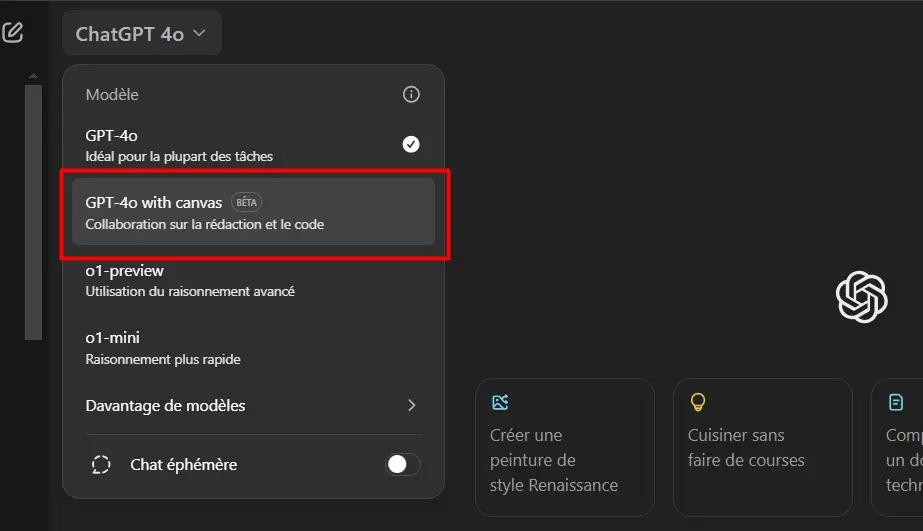October 16, 2024|9 min reading
How to Write Effective AI Prompts: A Complete Guide

Artificial Intelligence (AI) tools are transforming the way we work by enhancing creativity, boosting productivity, and automating tasks. Whether you're drafting emails, creating marketing campaigns, or managing projects, AI is there to help—but it all starts with an effective prompt. Writing a good prompt is the key to unlocking AI's full potential.
In this guide, we will explore how to write effective AI prompts that deliver accurate, relevant, and creative results. If you’re new to working with AI, this blog will help you master the art of prompt writing. Let's dive into what makes a perfect prompt, how to structure it, and why it’s important to provide clear, concise, and contextual instructions to your AI assistant.
What Are AI Prompts?
An AI prompt is simply a request or instruction you give to an AI-powered tool to get a specific outcome. Think of it as starting a conversation. The AI responds based on how well you've framed your prompt. The better your prompt, the better your output.
For instance, when using AI, your prompt could look like this:
“Draft an executive summary email for my team based on the attached project document. Keep it under 200 words and use a professional tone.”
Here, you’re telling the AI exactly what you need, who the email is for, the tone to use, and any other details that help generate the right response.
Why Is Writing Effective AI Prompts Important?
Writing effective AI prompts can save you time, increase accuracy, and improve the quality of the output. Poorly structured prompts might confuse the AI, leading to vague or irrelevant responses. The more specific and detailed your prompt is, the more likely you’ll get results that closely match your needs.
When your AI assistant understands your expectations clearly, it helps:
- Improve productivity: You spend less time revising and refining the results.
- Save time: Clear prompts lead to quicker, more accurate responses.
- Increase creativity: AI can suggest new ideas or solutions based on detailed prompts.
- Foster collaboration: You can integrate AI into your workflows without sacrificing clarity or accuracy.
What Makes an Effective AI Prompt?
Here are the four key elements to focus on when writing prompts:
1. Persona
Start by defining the role of the AI in your prompt. Imagine the AI as an expert in the area you need help with. This sets the tone and expertise level for the output. For example:
"You are a marketing manager. Create a brand strategy for a new product launch in the tech sector."
The AI will tailor its response based on this role, helping you get the right tone and language.
2. Task
Be clear about what you want the AI to do. Is it summarizing, drafting, creating, analyzing, or generating ideas? Defining the task is crucial for precise output.
“Summarize the key points from this meeting transcript and generate three action items.”
Here, the task is clear, and the AI knows to summarize and suggest action steps.
3. Context
Providing context helps the AI understand the background or situation. The more relevant details you give, the more tailored the response will be. For instance:
"Draft an email responding to a customer complaint about a delayed order. The order was placed two weeks ago, and the customer is frustrated about the lack of communication."
With this context, the AI can create a more thoughtful and appropriate response.
4. Format
Specify how you want the response to be structured. Do you want the output in bullet points, paragraphs, a table, or as an image? This helps the AI provide content in a format that suits your needs.
"Generate a table comparing the top five competitors in our market, including their strengths, weaknesses, and pricing strategies."
How to Write the Perfect AI Prompt
Now that you know what makes up a good prompt, let’s go over some best practices for writing them effectively.
1. Use Natural Language
Write as if you’re talking to a colleague. AI understands natural language better than vague commands. Express complete thoughts in full sentences to avoid confusion.
2. Be Specific
The more specific your request, the better the output. Always include details about what you want, how you want it, and why it's important.
“Create an engaging Instagram post for our eco-friendly product launch. Include three eco-conscious hashtags and a call to action directing users to our website.”
This prompt is detailed, providing a clear path for the AI to follow.
3. Avoid Ambiguity
Ambiguous prompts often lead to unwanted results. Be clear in your wording and avoid leaving too much up to interpretation.
Instead of: "Help me with this project."
Try: "Write a project update email to my client, outlining the progress we’ve made in the last two weeks, the challenges we’ve encountered, and the next steps."
4. Iterate and Refine
If the output isn’t what you expected, refine your prompt. AI often works best when you treat it like a conversation. You can follow up with clarifying prompts or ask for adjustments.
“I need more specific action steps. Can you break down the next three tasks with deadlines?”
How to Leverage AI for Different Business Roles
Customer Service
AI can draft empathetic responses to customer inquiries, generate FAQ content, and even create scripts for customer service calls. Example prompt:
“Draft an apology email for a customer who received a damaged product. Offer a replacement and mention free expedited shipping.”
Marketing
AI is a great asset for brainstorming campaign ideas, creating ad copy, or analyzing consumer behavior. Example prompt:
“Generate three catchy slogans for our new eco-friendly skincare line targeting millennials.”
Project Management
AI helps project managers stay on top of tasks by summarizing meeting notes, tracking milestones, and creating timelines. Example prompt:
“Create a Gantt chart with milestones for the next quarter’s software development project.”
Sales
AI tools can assist in writing persuasive emails, creating follow-up strategies, and identifying key selling points. Example prompt:
“Draft a follow-up email for a potential client who expressed interest in our new software solution but hasn’t responded in two weeks.”
Frequently Asked Questions (FAQs)
What is a prompt in AI?
A prompt is an instruction you give to an AI tool, telling it what action to perform, such as generating text, creating a summary, or analyzing data.
How can I make my AI prompts more effective?
Make your prompts clear, specific, and detailed. Include context, assign a role, and specify the format you want the output in.
Why is context important in an AI prompt?
Context provides background and helps the AI understand the situation better, leading to more relevant and accurate responses.
How do I refine a prompt if the AI doesn’t give me what I want?
Iterate on your prompt by adding more details, clarifying your needs, or asking the AI to refine its output with a follow-up question.
Can AI help with creative tasks?
Yes, AI can assist in brainstorming ideas, creating content, and generating creative solutions, especially when you provide clear and detailed prompts.
How can AI improve my productivity?
By automating repetitive tasks, generating accurate responses quickly, and assisting with creative or strategic thinking, AI helps free up time for high-impact work.
Conclusion
Writing effective AI prompts is a skill that takes practice, but it can significantly boost your productivity and creativity. By focusing on clarity, context, and specificity, you can get the most out of AI tools. Whether you're in marketing, sales, customer service, or project management, mastering prompt writing will help you collaborate with AI seamlessly and efficiently.
Explore more

Unleashing the Power of Build with Claude: How Claude 3.5 Sonnet Revolutionizes Computer Interaction
Discover the potential of Claude 3.5 Sonnet's desktop automation and computer use tools for enhanced productivity.

Create a PowerPoint Presentation from Text with Aidoc Maker: Simplify Your Presentation Process
Simplify PowerPoint creation! Learn how Aidoc Maker turns text into professional presentations with customizable designs...

What Is ChatGPT-4 Canvas and How Can It Revolutionize Your Workflow?
Learn how ChatGPT-4 Canvas revolutionizes writing and coding with its intuitive, AI-powered features—offering a seamless...
